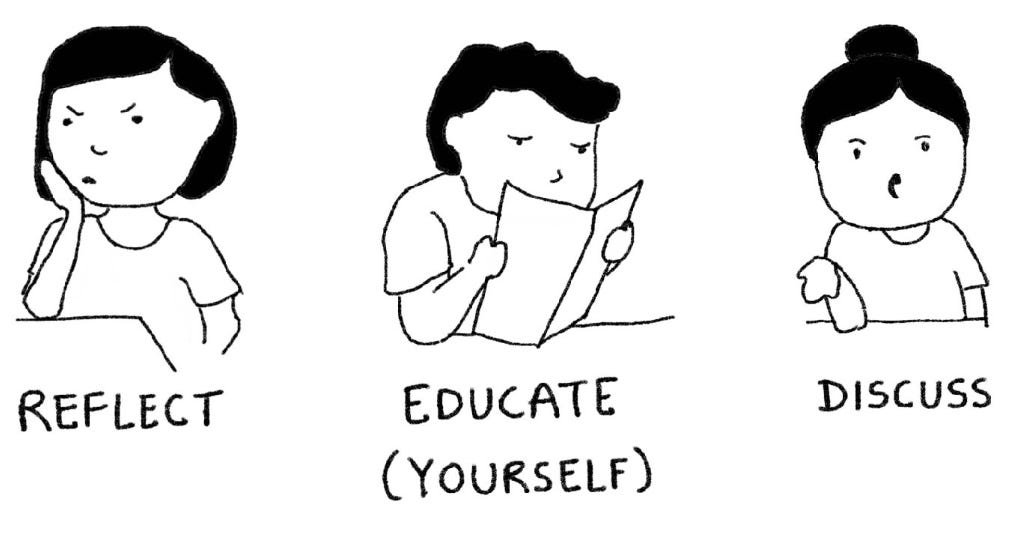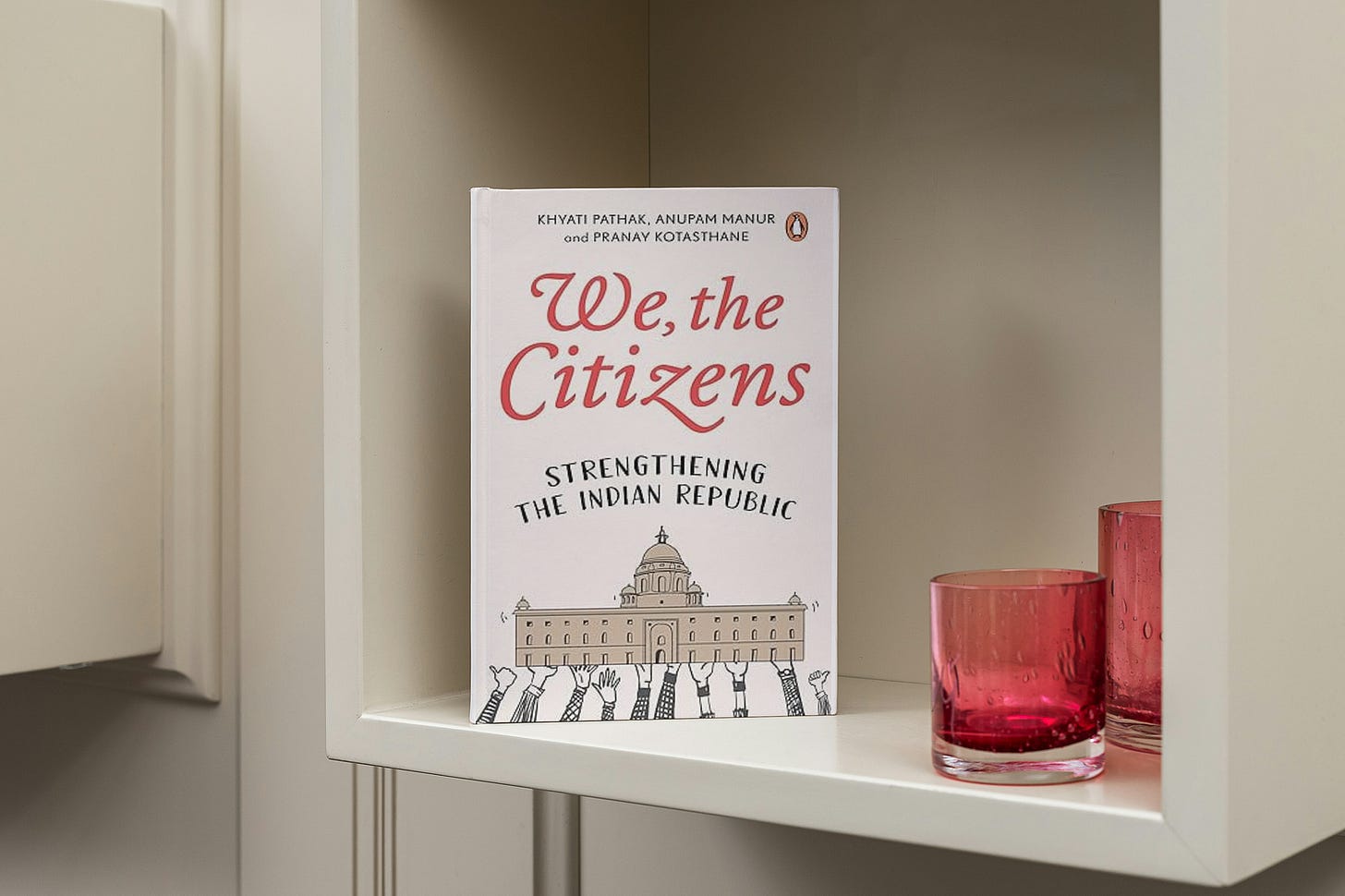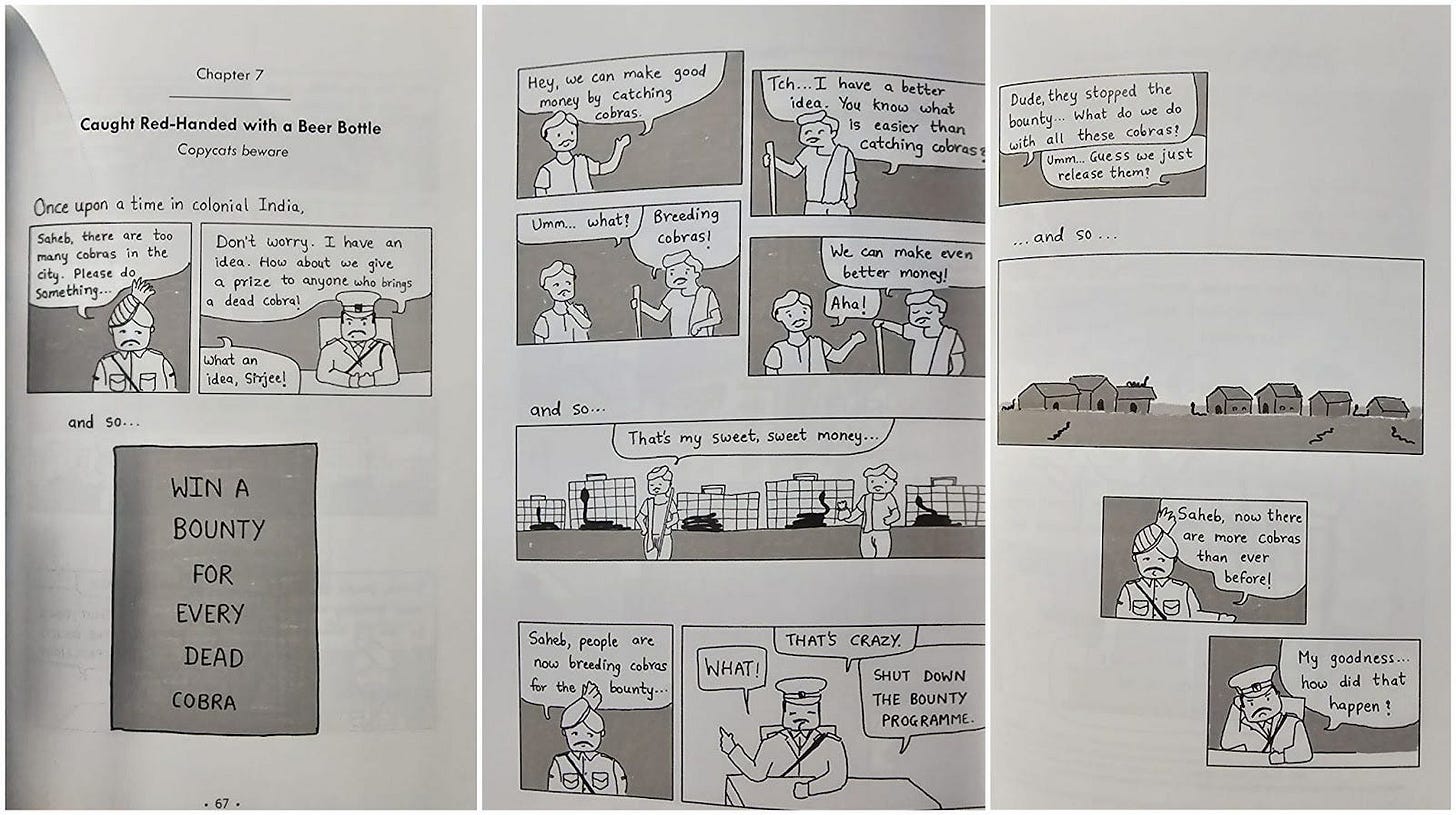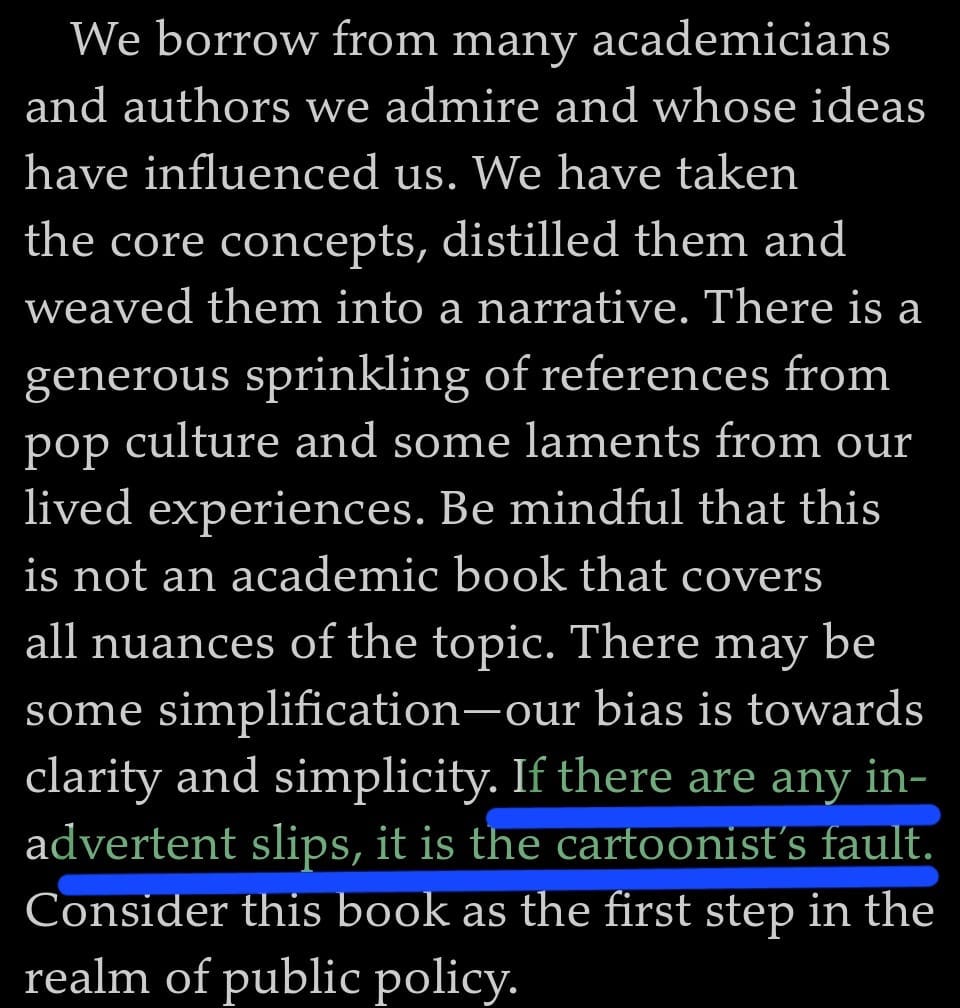Decoding Citizenship: A Review of ‘We, the Citizens
The first line on the back cover of the book reads, “Everyone who is interested in India should read this.” This quote by Ajay Shah, co-author of In Service of the Republic could not be more apt for Indians today. I received this book yesterday at around 2 in the afternoon, had a small chat with my mother where I explained to her what the book was about, and I was done reading the book by 11 in the night. I could have finished this 176-pager much sooner had I not multitasked and daydreamed. This is the fastest I have read any book; till yesterday it was Harry Potter and the Deathly Hallows [I took 24 hours to finish it]. And, I thoroughly enjoyed it and made tonnes of margin notes. In this review article, I will try to tell you why I enjoyed it so much, and in the process, I hope to persuade you to read it too.
What is the book about?
Concepts like nation, state, republic, democracy, policy, legislators, and regulators have always been discussed academically, by a handful of few. With We, the Citizens authors Khyati Pathak, Anupam Mannur, and Pranay Kotasthane have tried to simplify the core concepts of public policy in a simple manner and presented them in an engaging comic book format for consumption by all age groups.
The story begins with how humans are social animals and have needs, setting the tone for a discussion on how limited resources influence various aspects of human life and the market. The story outlines that, due to scarcity, resources must be allocated efficiently, a task often handled by markets that facilitate voluntary exchange. However, it points out that markets can be imperfect and lead to issues like pollution, which in turn requires government intervention through regulation and finance. The story underscores that making changes within these systems is challenging because multiple stakeholders are involved, each with a role to play. The final parts advocate for the importance of discourse, urging individuals to reflect, educate, deliberate, and discuss, implying that meaningful dialogue is the beginning of creating change in a society facing the realities of scarcity. The overarching message is about the complexity of managing scarce resources in a way that is efficient, fair, and sustainable, and the necessity for ongoing conversation and action to address these challenges.
Why this book?
While reading this book, I was wondering if we had this book as a part of our school curriculum, learning would have been so much fun. It would have made it so much easier for young students to understand and retain the concepts better. The day I finished reading The People of the Indus by Jonathan Mark Kenoyer and Nikhil Gulati, I have been on the lookout for non-fiction illustrated books, because I am a big sucker for explainers. This book uses elements of humor to explain both simple concepts of “nation”, “state”, “democracy”, and “republic” and complex concepts like “why incentives matter” and “why policy-making and rules-enforcing teams should be different” in a way that any layperson can understand them.
In the second half of the last year, I did a short course with the Takshahila Institution, based out of Bangalore. I had the opportunity to attend Professor Anupam’s and Professor Pranay’s classes. The contents of this book are a significant part of that course and we discussed some of the examples in the book during our live classes as well. The classic element of Mannur humor that I witnessed during the lectures reflected in the book as well and that made the reading process very engaging. Here’s a glimpse:
If one reads this book carefully, one will understand that it’s not very different than how organizations function, albeit at a significantly much larger scale. You discover a user problem (is there a market failure), build a hypothesis (identify the market failure), do user research (gather facts, analyze data, establish causal connections), and design an MVP (create policy solutions). Then test the MVP with more users (public debates/consultations, small pilots), work on the feedback (draft bill), and then do a global launch (Act). You keep iterating and tweaking the product (making new rules and building state capacity for enforcement) periodically with changing user needs so that you don’t go out of business.
The course and this book have helped me unlearn a lot of preconceived notions I had about how the whole policy space. I and many of my peers, usually during a passionate debate followed by some big political or social incident, often used to question, “Why is the government not doing anything this?” or “Why isn’t there a law about that?” or “What is the police doing?” or the quintessential “Why can’t we be more like ‘Murica?” This book helps answer a lot of these questions. It talks about all the work that has been done so far, not only by the Government but also by communities and citizens.
What makes it so special?
The book is not an academic reference book. Hence, it’s super easy to read. And, unlike the seemingly boring non-fiction academic books, this one is fun and engaging with tonnes of examples from real life so that you can relate and learn. The purpose of this book is to slightly but effectively nudge citizens towards active engagement with policies for a better India. The last couple of chapters focus on how individuals can build formidable communities to “participate in the discourse and advocate for the changes we wish to see.” As a marketer, I would like to say that this book like all successful campaigns ends with a beautiful CTA (Call to action) — we, as citizens, need to:

With the upcoming national and a few state elections, it is imperative to educate ourselves about the policy and politics space so that we can make more informed decisions while electing the next representative of the world’s largest democracy. In certain discussions, I have heard people say who cares, no one in my friend circle ever votes, it’s such a waste of time, and you know who will win so why bother. Now, imagine if everyone starts thinking this way!
Who should read this book?
Along with everyone who is interested in India, Ajay Shah also recommends that everyone who is interested in India should buy this for their WhatsApp Uncles. So, there you go! You already have two distinct cohorts of people who should read this.
The authors write one should read this book if they want to be an engaged citizen, aspire to be a positive change maker, or wish to understand our sociopolitical environment. I would like to add that every person who is eligible to vote this year must read this book.
Additionally, students who are starting their policy journeys and people who are trying to pivot into the policy space should read this book. This book should also be a part of policy course curriculums in universities.
I kind of wish I had read this as a primer before I started doing my GCPP course with Takshahila. I like reading primers like these before any major academic pursuit. The IIMA Business Books Collection was one such set that I read before I started my MBA journey, back in 2015.
End Note
Like I said before this book is a primer and it will incite a curiosity to learn more. I have made a few margin notes on the book (albeit with great difficulty since the pages are of amazing quality but not suitable for pens and pencils — they keep getting smudged, small sticky notes don’t have enough space for longer thoughts, and large sticky notes end up covering the book text — you get the drill) about the further readings that I will indulge myself in, in the coming days. If you are interested too, hit me up on LinkedIn or drop me an email. I would love to discuss this book and more about policy with you.
If your curiosity has crossed the recreational field and has become more academic, you can check out Takshashila’s array of courses on Policy and their research on High Tech Geopolitics here. If you have more questions about the course and my experience, I am available on LinkedIn and email. I can also help you out with an alumni discount if you wish you take up the courses in the future. I can bet it will be worth it.






